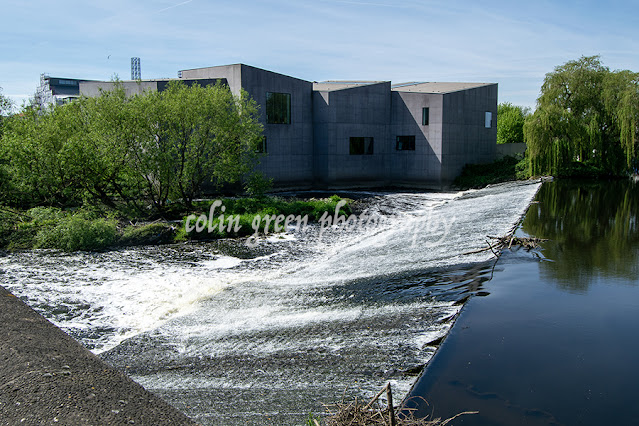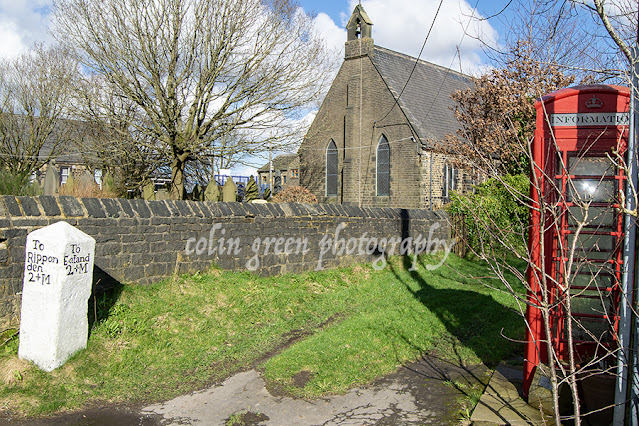St Asaph Parish Church, also known as the Church of St Kentigern and St Asa (Asaph) is a captivating place of worship located in the picturesque town of St Asaph, North Wales. With its rich history and stunning architecture, this church is a must-visit for anyone exploring the region.
A Brief History
The history of St Asaph Parish Church dates back to the 6th century when St Kentigern is believed to have established a church on the site, the dedication to St Asaph was added in the 12th Century. Over the centuries, the church has undergone various renovations and additions, resulting in its unique blend of architectural styles.
Community Hub
St Asaph Parish Church is not only a place of religious worship but also a vibrant community hub. The church hosts a variety of events and activities throughout the year, including concerts, exhibitions, and social gatherings. It's a place where people can come together to connect, learn, and celebrate.
Whether you're a history buff, a spiritual seeker, or simply looking for a beautiful place to visit, St Asaph Parish Church is well worth a visit. Its rich history, stunning architecture, and welcoming atmosphere make it a truly special place.
I visited on a July morning, venturing to the charming city of St Asaph, North Wales to explore amongst many things, the Parish Church of St Asaph. Though the interior was closed, the church's exterior was a sight to behold, nestled on a small plot of land to the east of the River Elwy, commanding attention from the High Street. The photo's below, taken with a Nikon d3300, offer a glimpse of its grandeur. Clicking any of them should open a link in another window to my Colin Green Photography store on Zazzle.























































